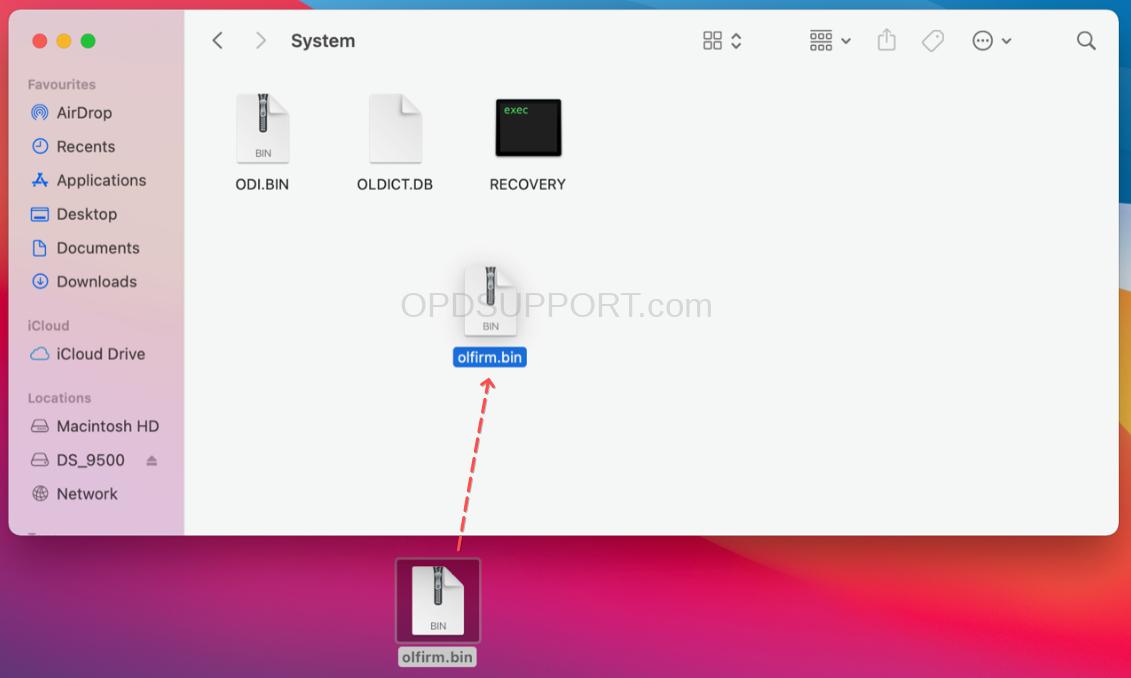

DaisyDisk to the rescueĭaisyDisk clears this confusion by showing separately how much space is actually used by files and by the purgeable space, and therefore how much space is currently available to the applications. This can make the System look unnecessarily bloated on the chart of About This Mac. In result, the purgeable space is allowed to grow until 80% of the disk is occupied. Keeps saving hourly temporary snapshots for the Time Machine and deletes them only when necessary. This happens because in macOS High Sierra, the purgeable space is included into the System category, unlike previous macOS versions, which used to have a special category - Purgeable.Īnd the amount of purgeable space in macOS High Sierra has also grown compared to the previous versions, because the new APFS file system In certain cases you’ll notice that you may still have a lot of available space, but it’s simply not shown on the chart. Next, look at the figure of available space. You may find some temporary files or caches that were not disposed properly. So, the first thing you can do is to scan your disk with DaisyDisk and look for space hogs in areas such as /System, /private, ~/Library and others. It includes not only the /System folder, but also many other folders related to macOS and applications all over your disk. The System is a bit of a catch-all category. Particularly, the System category appears to take an unreasonable lot of space.
MAC SYSTEM STORAGE USAGE HIGH REDDIT UPGRADE
Many users who upgrade to macOS High Sierra get confused by what they see in About This Mac > Storage window. You may be prompted to allow access on your iPhone and required to enter your passcode, which you should do.System taking too much space on macOS High Sierra About This Mac > Storage On a Mac with macOS Catalina or later, you’ll use Finder instead, but the process is the same. The best way to do this is to use iTunes on your Mac or PC.Ĭonnect your iPhone to your computer and launch iTunes. You can go through your iPhone trying to delete every little cache that could grow the size of Other storage, but if you really want to make it as small as possible, you need to back up your phone and reset it. The nuclear option: Backup and Reset with iTunes Deleting the app and re-downloding it might put a dent in the Other category. If, say, the Podcasts app is taking up a couple gigabytes of space, it’s likely mostly cached data. Most of the apps store data that is categorized as Apps, but some will keep caches that are categorized as Other. If you’re a heavy texter, your Messages app might be filling up your storage with a lot of data.įinally, go back to iPhone Storage and look at the apps list. But streams have caches used to ensure smooth playback, and those are categorized as Other.
MAC SYSTEM STORAGE USAGE HIGH REDDIT TV
When you download video or music from the iTunes store, TV app, or Music app, it’s indexed as Media. One of the biggest culprits for Other growing out of hand is streaming lots of music and video. It’s comprised of system caches, logs, Siri voices (if you’ve downloaded other voices), updates, and so much more. The Other category is big and varied, because it’s a real catch-all category. Tap on “System Data” to see how much “Other System Data” is taking up. You can scroll all the way down to the bottom of the app list where you will see “iOS” and “System Data” listed. It’s common for Other to be in the 5-20GB range, but if it’s way over 20GB, it has probably grown out of control. Your iPhone Storage menu will divide that bar up top into familiar categories like Apps, Media, Photos, and Mail, but also an Other category that is sometimes very large. Even after the chart first appears, you’ll want to wait several seconds more for it to stabilize, as the app list and storage sizes can change while your phone completes its analysis. It may take several seconds for your iPhone to show the graph, as it takes time to scan and analyze its storage. You’ll find your iPhone storage details a few layers deep in the Settings app.


 0 kommentar(er)
0 kommentar(er)
